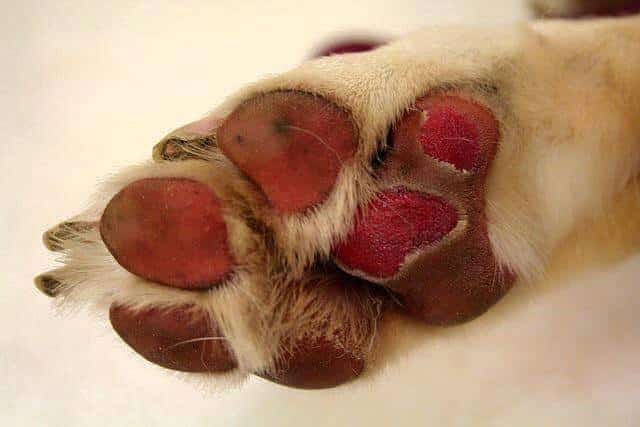As the weather warms up, it's essential to be mindful of the hot pavement when walking your dog. Just as you wouldn't walk barefoot on scorching surfaces, your furry friend shouldn't either. Hot pavement can cause severe burns and discomfort to your dog's paws. Here’s how to protect dog paws from hot pavement and ensure your walks remain enjoyable for both you and your pup.
Why Hot Pavement is Dangerous for Dogs
Dogs’ paw pads are tough, but they are not immune to heat. Pavement, asphalt, and sand can become incredibly hot, especially in the peak of summer. According to veterinarians, when the air temperature is 85°F, the pavement can reach a staggering 135°F. This temperature can cause burns in less than a minute.

Signs of Burnt Paws
It's crucial to recognize the signs of burnt paws in dogs, which include:
- Limping or avoiding walking
- Licking or chewing at the feet
- Red, blistered, or darker than usual paw pads
- Whining or showing discomfort
If you notice any of these signs, consult your vet immediately.
How to Protect Your Dog’s Paws
-
Walk During Cooler Times: Try to walk your dog early in the morning or late in the evening when the pavement is cooler.
-
Test the Pavement: Use the “seven-second test” – place the back of your hand on the pavement. If you cannot hold it there for seven seconds, it’s too hot for your dog's paws.
-
Paw Wax: Applying paw wax can help create a barrier between your dog’s paws and the hot pavement.
-
Dog Booties: Invest in high-quality dog booties like the Deluxe Easy-On Dog Boot Leggings. These booties not only protect against heat but also provide traction and prevent injuries from sharp objects.
-
Hydrate: Ensure your dog is well-hydrated before and after walks. Hydration helps keep their body temperature regulated.
-
Shade and Grass: Stick to shaded paths and grassy areas as much as possible. Grass doesn’t absorb heat the way pavement does, making it much safer for your dog's paws.
Additional Tips for Summer Safety
-
Summer Raincoat: Protect your dog from unexpected summer showers with a Summer Raincoat.
-
Stay Cool: Learn more about keeping your dog cool in the summer by checking out our blog post on keeping your dog cool.
Conclusion
Protecting your dog’s paws from hot pavement is vital for their health and comfort. By following these tips, you can ensure that your walks remain a pleasant experience. Don't forget to check out our Bag Leash Combo for a convenient walking experience and the Bark Pack for carrying all your essentials.
For more tips and advice on dog care, explore our blog. Stay safe and enjoy your summer walks with your furry friend!